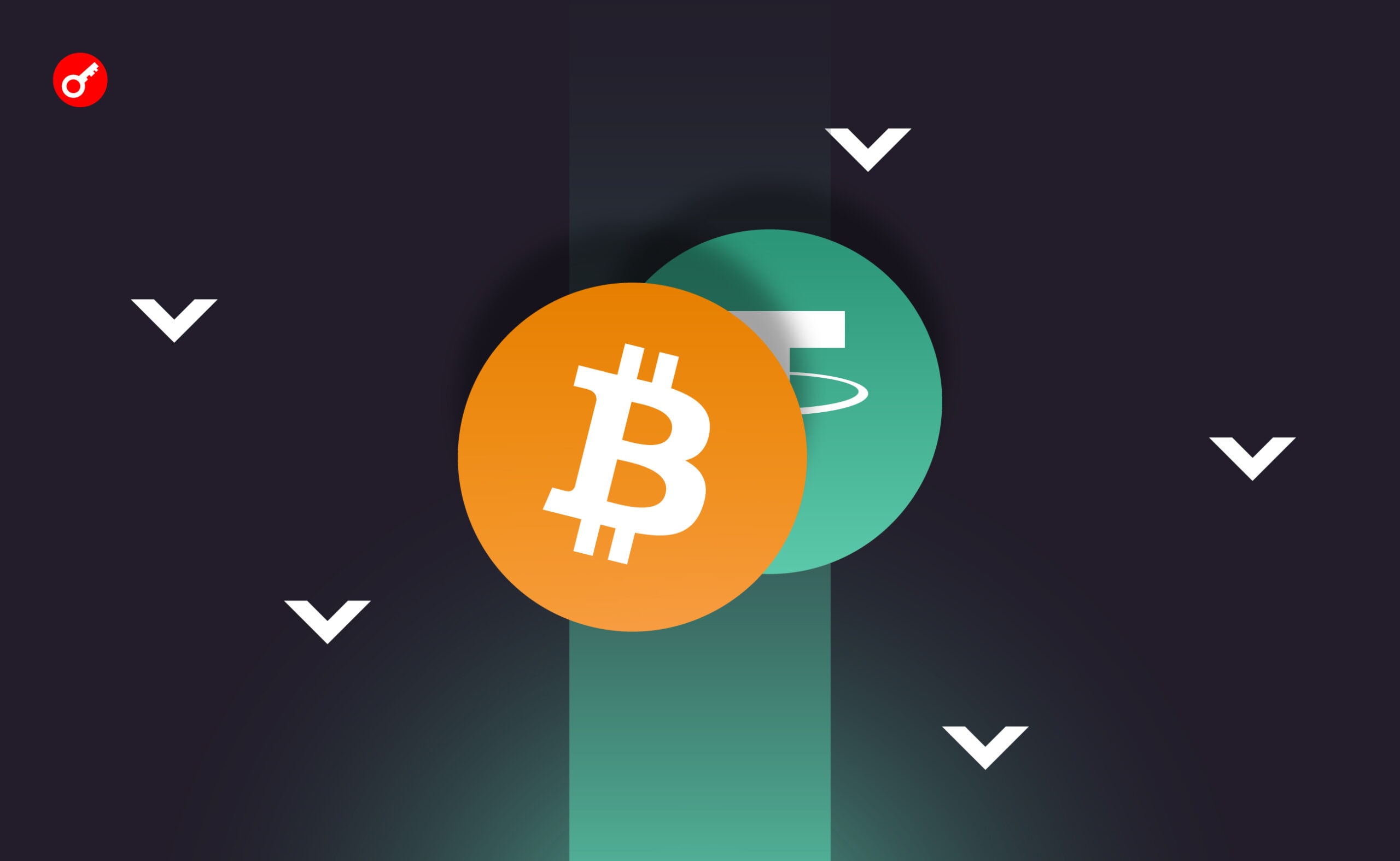Chainlink’s Role in Building Trust for the $220T Global Payments Market, Explained
- Kernel Dao’s latest report, which focuses on how on-chain liquidity will ignite the growth of RWA, mentions Chainlink as a major contributor.
- Kernel explains that Chainlink’s infrastructure, its data feeds, the CCIP, and Chainlink proof of reserve make it ideal for stablecoins.
Chainlink has been highlighted for its collaboration with KernelDAO, a multi-chain decentralized finance (DeFi) protocol that specializes in “restaking,” and the Ethereum Foundation Enterprise to address the challenges in the global payments space.
The partnership focuses on leveraging Chainlink’s institutional-grade infrastructure to enhance stablecoins, making them a more viable solution for global financial applications.
In the report, Kernel explains that,
The report further breaks down market share by network: Ethereum leads with a $167.1 billion stablecoin market cap, accounting for 61.3% of the total, while Tron ranks second with $77.0 billion, or 28.1% of the market.
KernelDao emphasizes that while global payments exceed $220 trillion annually, a significant problem persists: trillions of dollars remain idle in pre-funded accounts. This inefficiency highlights the urgent need for a new approach to liquidity and credit in the digital economy.
As a solution, Kernel launched Kred, dubbed the “Internet of Credit,” a global programmable liquidity layer providing instant stablecoin liquidity. A stablecoin called KUSD is minted when liquidity providers deposit stablecoins into the protocol.
Unlike traditional stablecoins backed by cash, KUSD is backed by institutional short-term credit and generates rewards from real economic activity.
By combining instant settlement with on-demand credit, companies can shift away from maintaining large cash reserves and instead rely on just-in-time funding, potentially unlocking over $5 trillion in idle capital for more productive use.
Chainlink’s Role in Kernels KUSD
The report reads,
The KUSD leverages Chainlink Proof of Reserve, which provides continuous, automated attestations that verify the backing assets behind KUSD. This ensures that the total amount of minted tokens can never exceed the verified reserves, delivering a level of on-chain transparency and trust that traditional financial systems can’t easily replicate.
Through Chainlink CCIP, KUSD gains native cross-chain transfer capabilities with built-in compliance and privacy features. This means the stablecoin can move securely across multiple blockchains, preserving asset integrity and reducing exposure to bridge-related vulnerabilities.
KUSD’s integration with Chainlink Data Feeds enables accurate, tamper-resistant price information, which is essential for DeFi applications such as lending, trading, and derivatives.
They emphasize that Chainlink Labs’s token transfer and messaging infrastructure, CCIP, enables stablecoins to move seamlessly between blockchains while preserving liquidity efficiency.
By minimizing slippage and preventing liquidity fragmentation, this infrastructure connects isolated markets and unlocks access to deep global liquidity, allowing both individual users and large institutions to settle transactions securely and reliably across multiple supported networks.
As reported by CNF, S&P Global Ratings began publishing its Stablecoin Stability Assessments (SSAs) directly on-chain through Chainlink DataLink to enhance transparency, trust, and real-time data access for stablecoin markets.
Chainlink Labs expanded its infrastructure footprint by launching a native real-time oracle on MegaETH, a move that enhances DeFi applications with high-speed, low-latency market data delivery.
]]>You May Also Like

Shocking Crypto Scam Exposed: Group Referred to Prosecutors Over $4.3M Fraud
